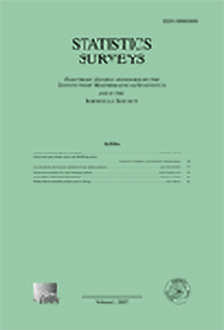Articles
Aki Vehtari, Janne Ojanen
Oleksandr Sverdlov, Weng Kee Wong, Yevgen Ryeznik
Adrien Saumard, Jon A. Wellner

